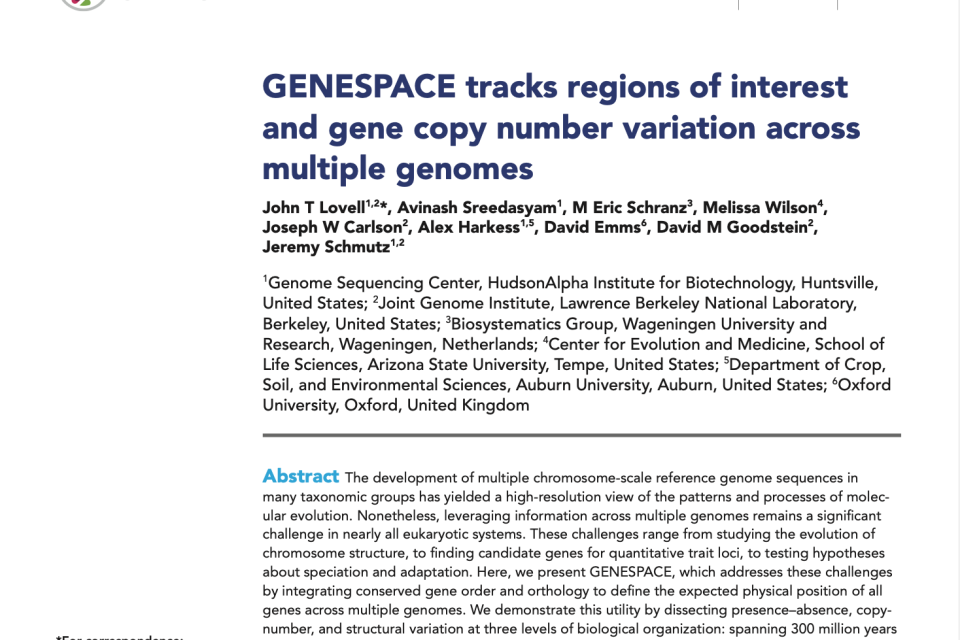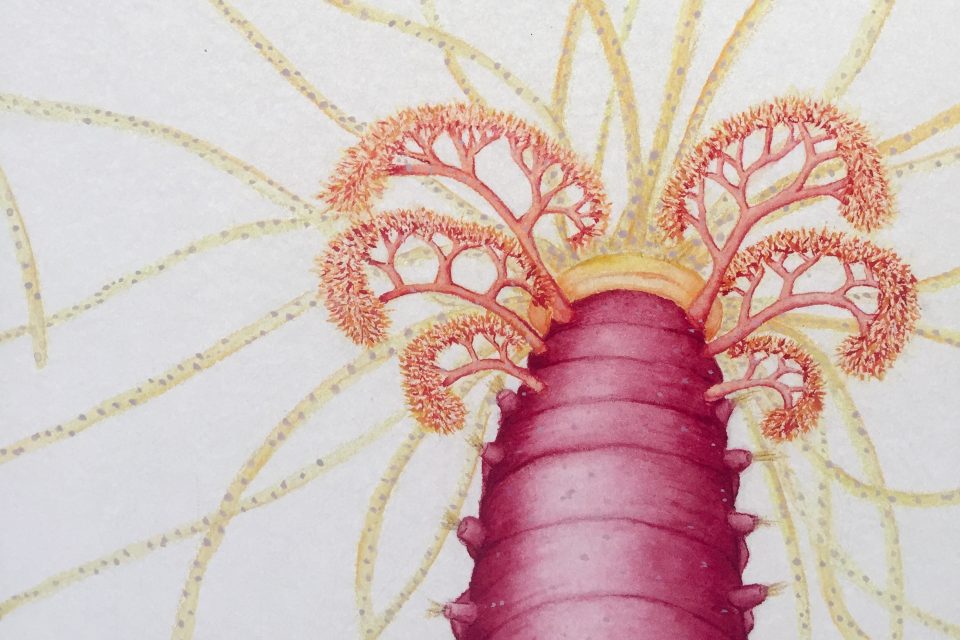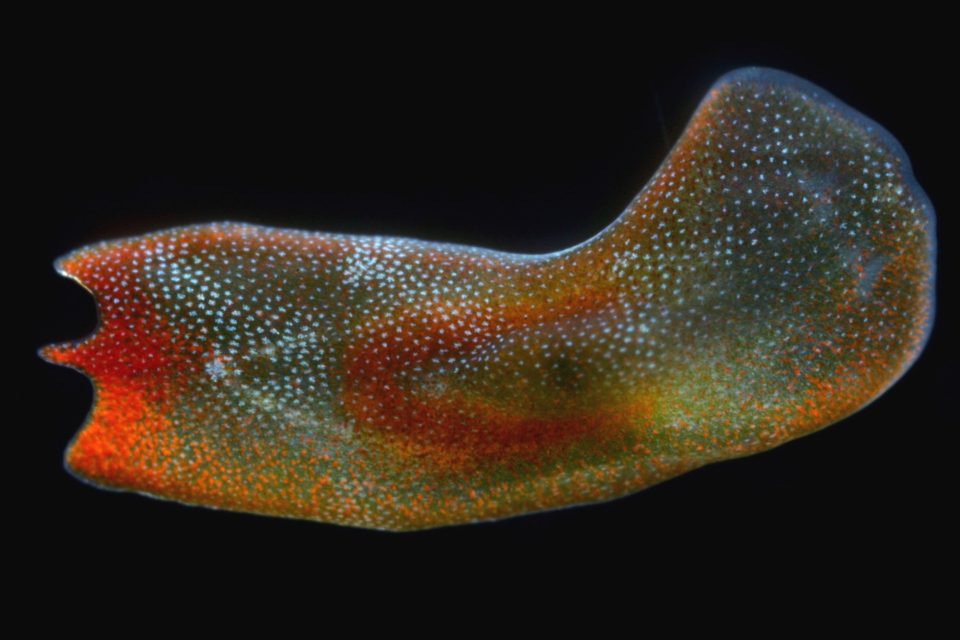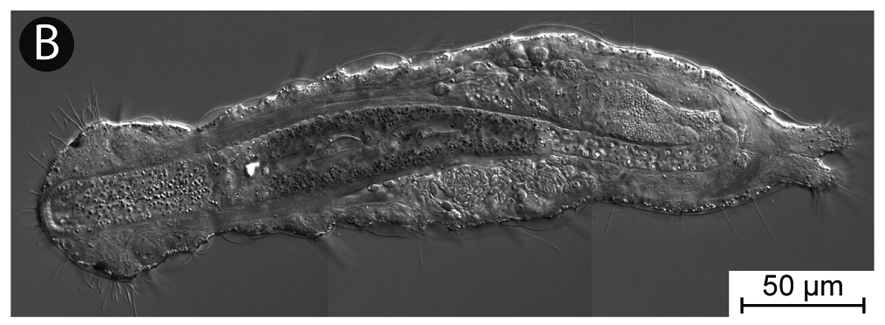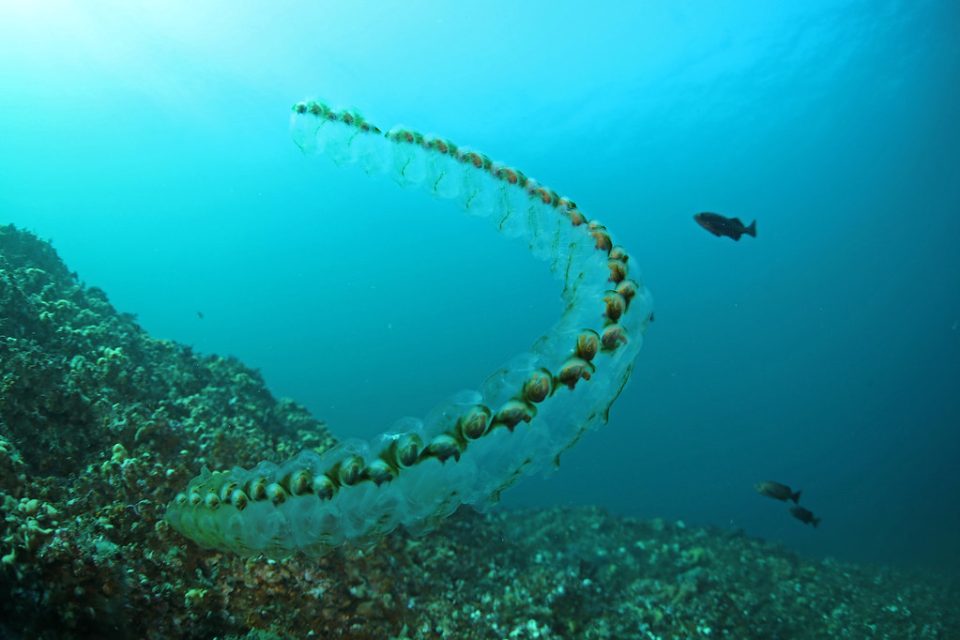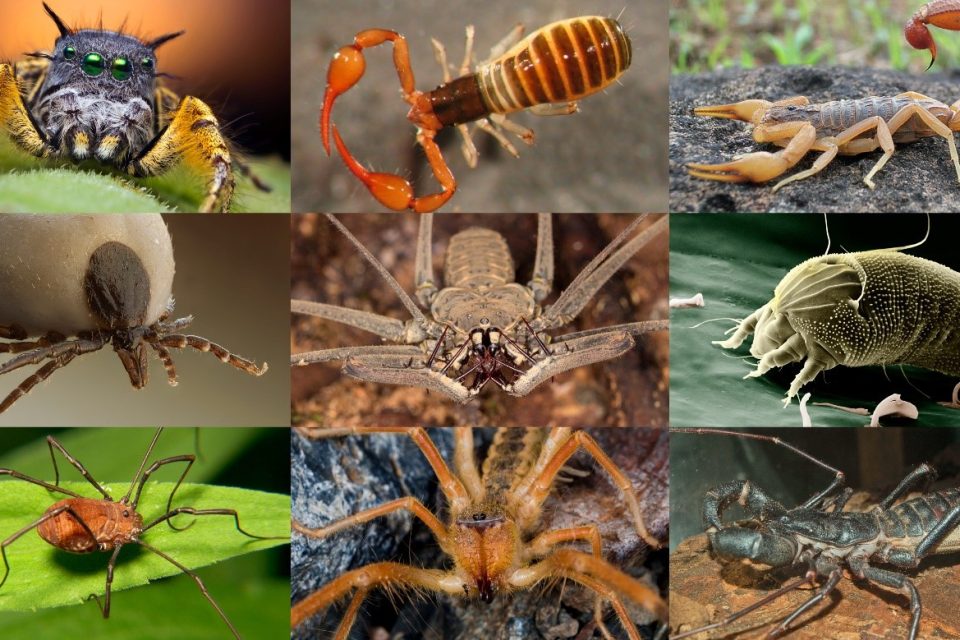
Door 9: Challenging the Historical Perception of Arachnid Monophyly
The arthropod subphylum of Chelicerata are made up of three classes containing extant orders: Pycnogonida (Pantopoda: the sea spiders), Merostomata (Xiphosura: the horseshoe crabs) and the diverse class of Arachnida. Although the relationships between these three have proven difficult to untangle, the historical perception of arachnid monophyly has […]
